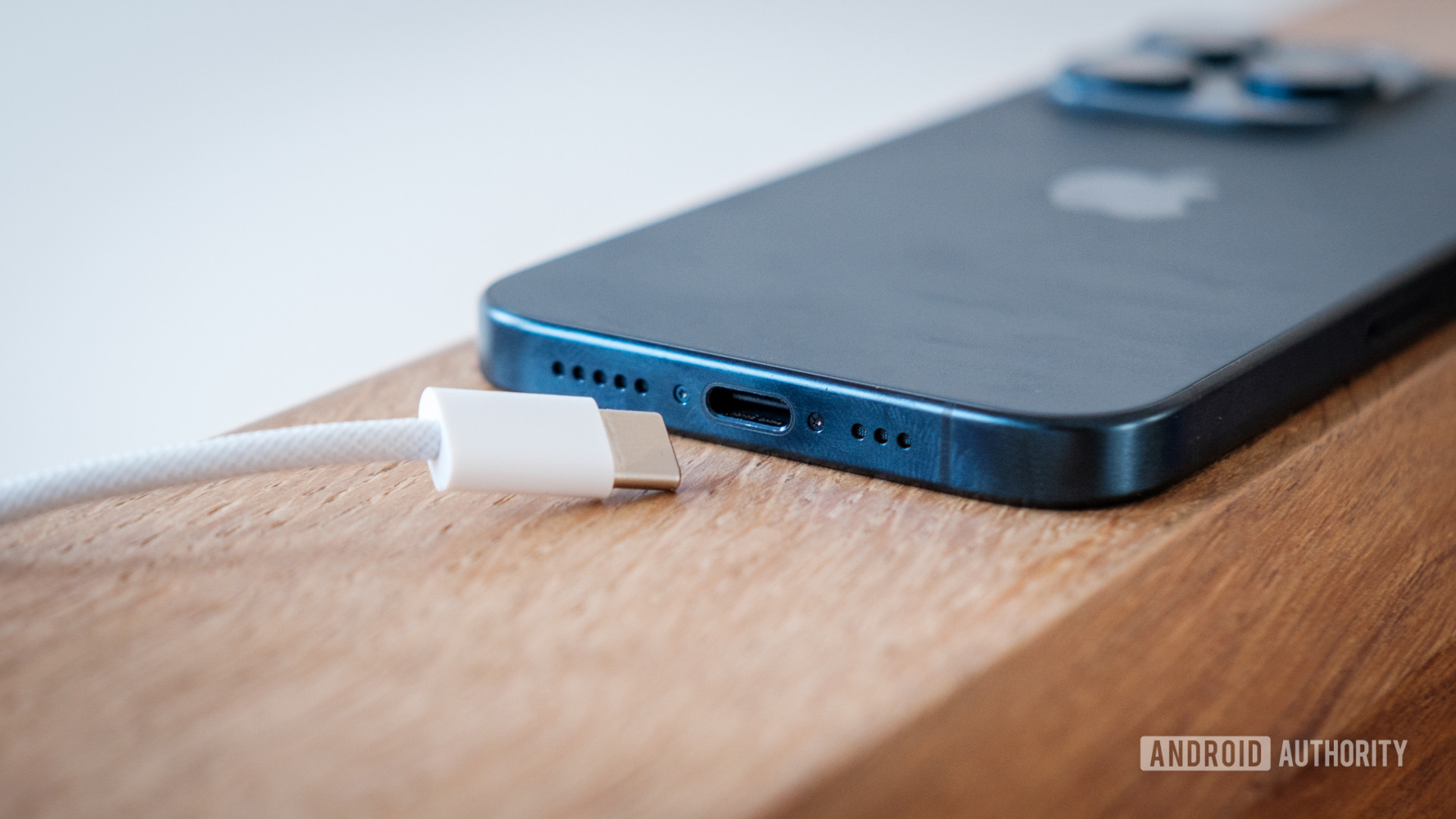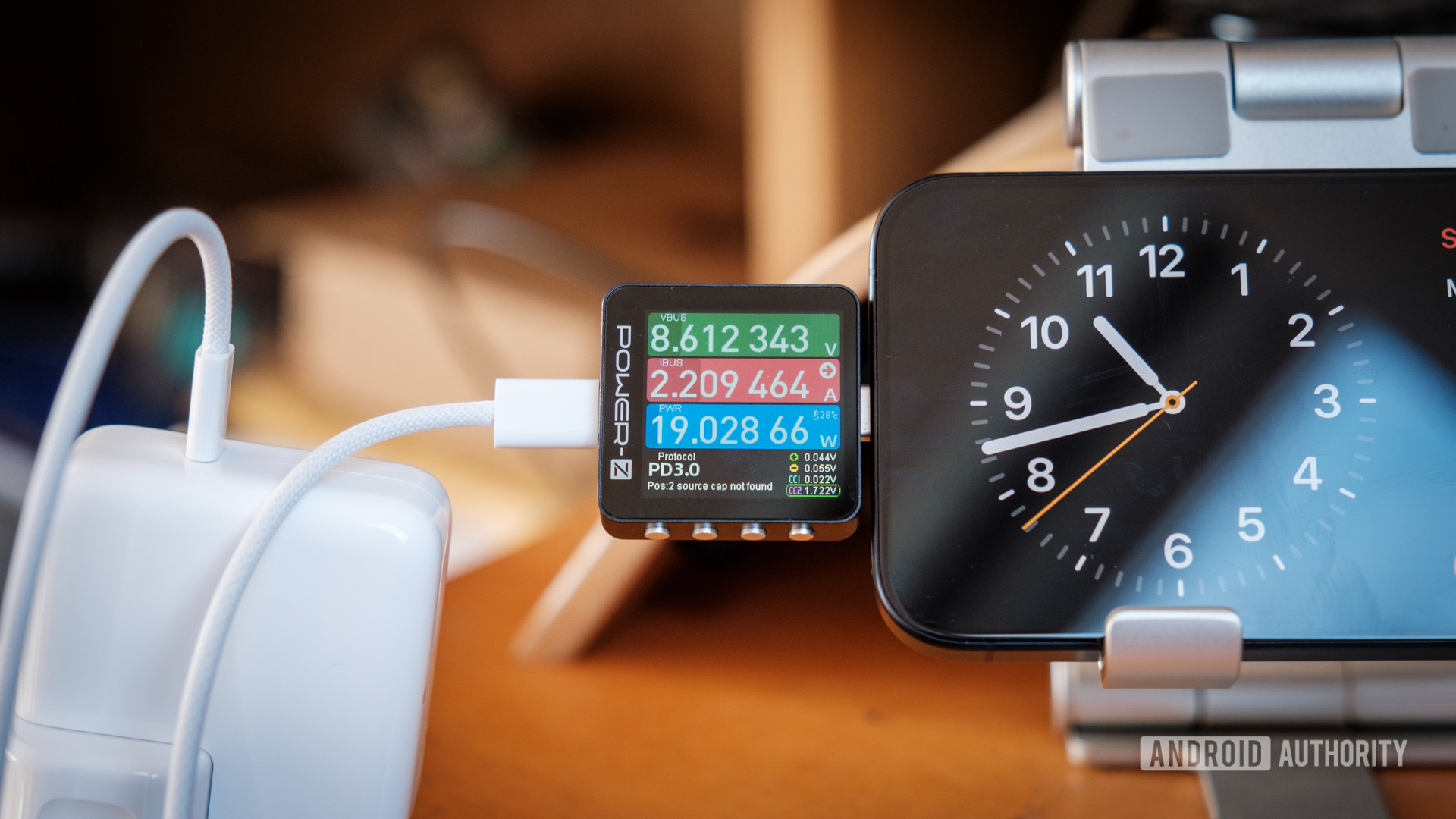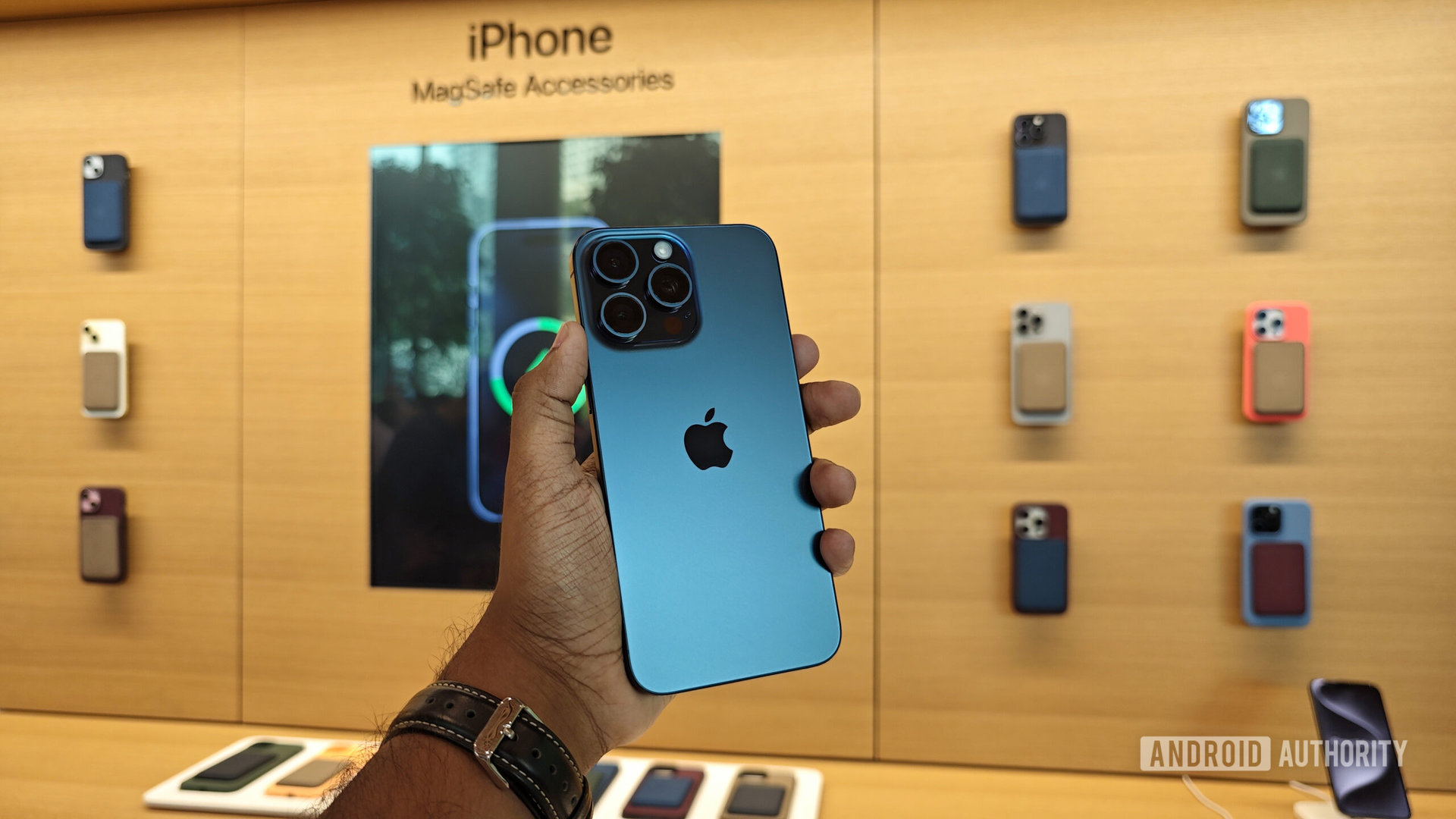Affiliate links on Android Authority may earn us a commission. Learn more.
Can you charge an iPhone 15 with an Android cable?

While Apple has (perhaps understandably) downplayed the feature, one of the selling points of the iPhone 15 lineup is its support for USB-C, a cable format enjoyed beyond the company’s walled garden. But if you’re switching from Android or have friends and family on that platform, can you use an Android cable to charge an iPhone 15?
QUICK ANSWER
Yes, you can charge an iPhone 15 with an Android cable. iPhones and Android devices now use USB-C, although you may not be able to charge an iPhone 15 as fast as you would many modern Android products.
JUMP TO KEY SECTIONS
Can you charge an iPhone 15 with an Android cable?

Yes. Android phones have relied on USB-C charging for years at this point and frequently come bundled with an appropriate cable. In fact, they often charge faster than iPhones. However, regardless of your cable or adapter, you’ll only be able to charge the iPhone 15 and 15 Plus at 20W or lower. The 15 Pro and 15 Pro Max can potentially juice up faster, hitting around 27 to 29W.
Prior to the phones’ announcement, rumors had fueled worries that the company would artificially limit USB-C cables without Apple certification, as it has done for years with its proprietary Lightning format. The European Commission warned against the idea, though it may never be known if Apple was genuinely considering restrictions on a universal standard.
When did the iPhone switch to USB-C?

The iPhone 15 lineup is the first generation to make the leap. Until 2023, the company resisted pressure to switch away from Lightning, which it originally launched alongside the iPhone 5 in 2012. This was frustrating even to many diehard iPhone fans, given that the USB-C spec was finalized in 2014, and other Apple products were using the format within a few years. This forced people to keep separate cables around for their iPhones, held back by Lightning’s inferior specs.
So why did Apple hold out for so long, and what triggered the change? The answer to the first question is that certifying Lightning accessories was profitable for the company, since firms were willing to pay to access the coveted iPhone market. Beyond that, Apple was also presumably hesitant to spend the time and money needed to switch up its designs, production, and supply chain, especially since it would be adopting a format used by all of its other rivals in the smartphone space. A shared standard makes it easier for customers to jump ship. After all, if you’ve spent hundreds of dollars on Lightning accessories, you probably don’t want them rendered useless.
As for the change, Apple didn’t have a choice. In 2022, the European Union voted to make USB-C a mandatory standard for wired charging by the end of 2024. Conceivably Apple could’ve released separate designs for Europe, or even abandoned that market, but neither option was likely to be palatable. The decision means we should also see the iPhone SE switch to USB-C next.